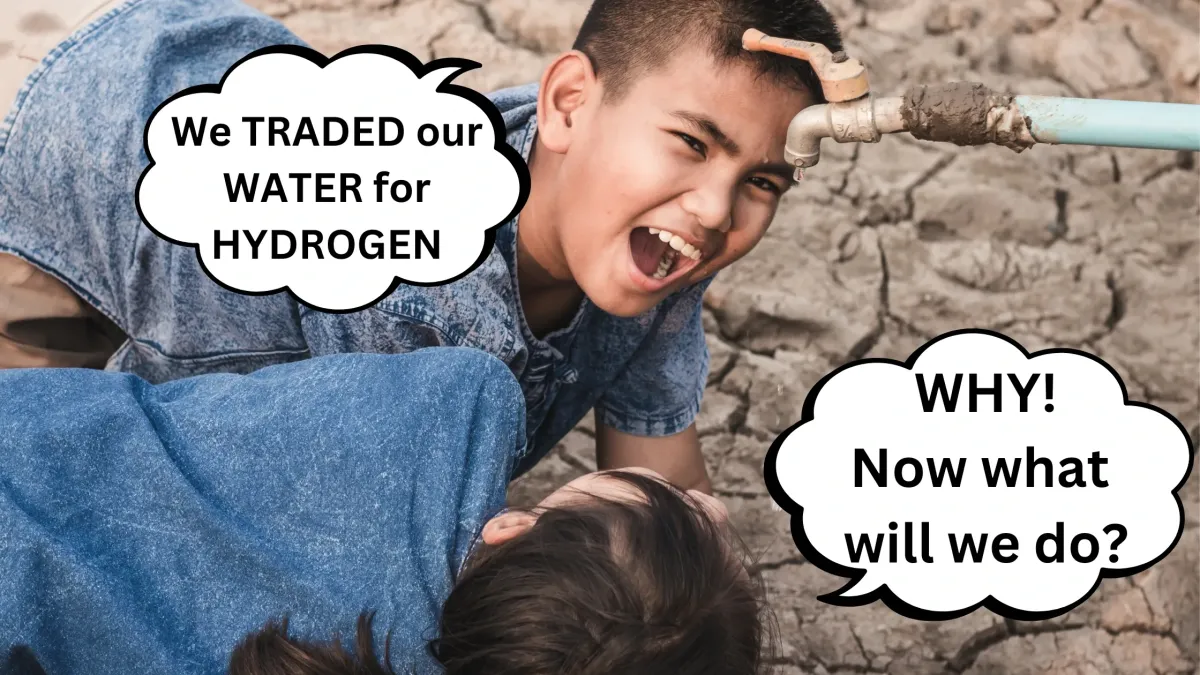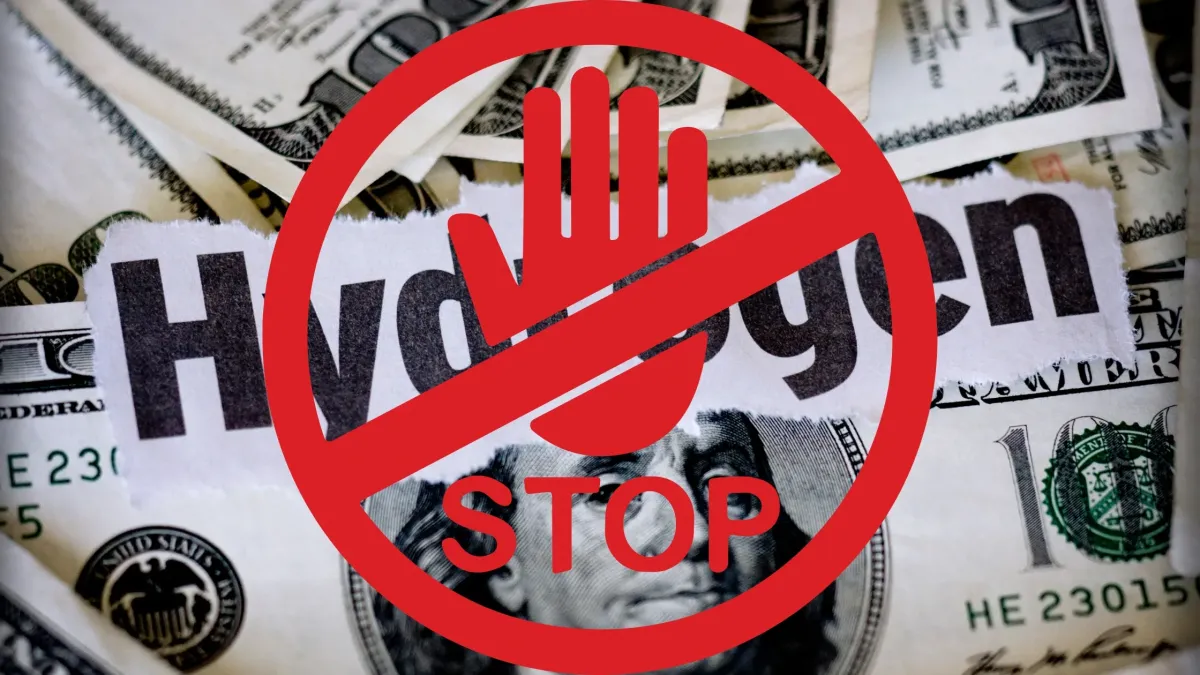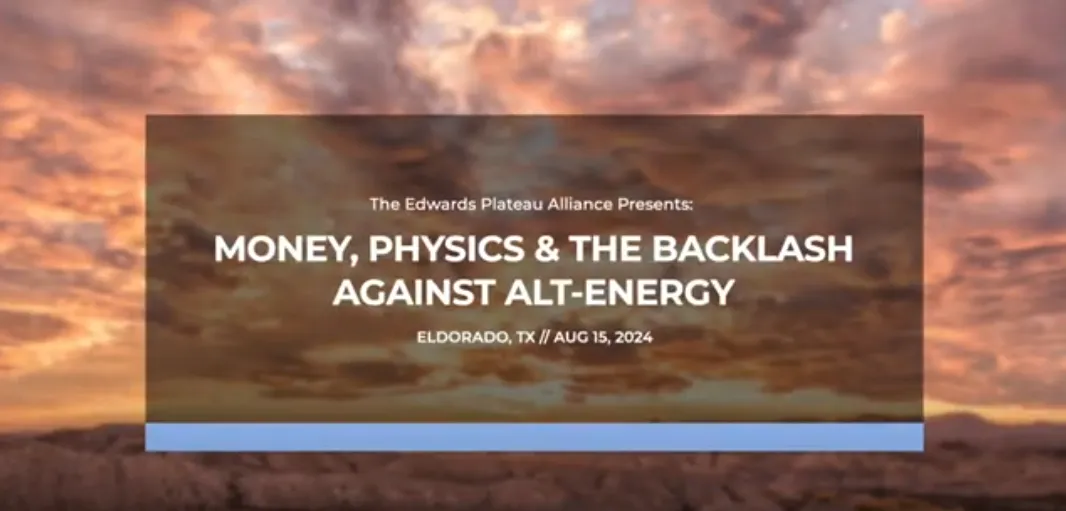Texas Groundwater at Risk: The True Cost of Green Hydrogen Production
Discover how green hydrogen production impacts Texas groundwater. Learn the science of electrolysis, energy efficiency, & long-term risks to aquifers


Discover how green hydrogen production impacts Texas groundwater. Learn the science of electrolysis, energy efficiency, & long-term risks to aquifers

Texas groundwater faces a threat from hydrogen production facilities. Learn how they destroy water molecules & take action to protect our aquifers.

Money, Physics & The Backlash Against Alt-Energy

Discover how Texas ranchers are challenging the rise of hydrogen projects, particularly due to the immense water consumption involved.
Our community is our greatest strength. Together, we can ensure that the natural beauty and resources of the Edwards Plateau are preserved for generations to come. Whether you're a landowner, an expert in the field, or simply someone who cares about the environment, there are many ways you can get involved.
Ways You Can Get Involved:
Ask Questions: Learn more about the devastating impact of "green" alternative energy projects on land, water and air.
Tint your Ranch Red, Blue or Purple: Join our census and take a stand against the Water and Land Grab! Call your neighbors!
Stay informed: Follow us on social media and our website to stay updated on the latest research and community events.
There are many ways you can help The Edwards Plateau Alliance continue its work:
Donate: Your financial support allows us to continue our educational outreach and advocacy efforts.
Volunteer: Join us in organizing local events or contributing content to our website.
Spread the word: Share our mission with your friends, family, and social media networks to help us reach more people.
Together, we can make a difference and ensure that the Edwards Plateau remains a thriving, vibrant part of Texas for generations to come.
24 The Lord bless thee, and keep thee:
25 The Lord make his face shine upon thee, and be gracious unto thee:
26 The Lord lift up his countenance upon thee, and give thee peace.
Numbers 6:24-26
The Edwards Plateau Alliance, Inc
PO Box 316, Eldorado Texas 76936
(325) 413-2225
© The Edwards Plateau Alliance, Inc 2025
All Rights Reserved